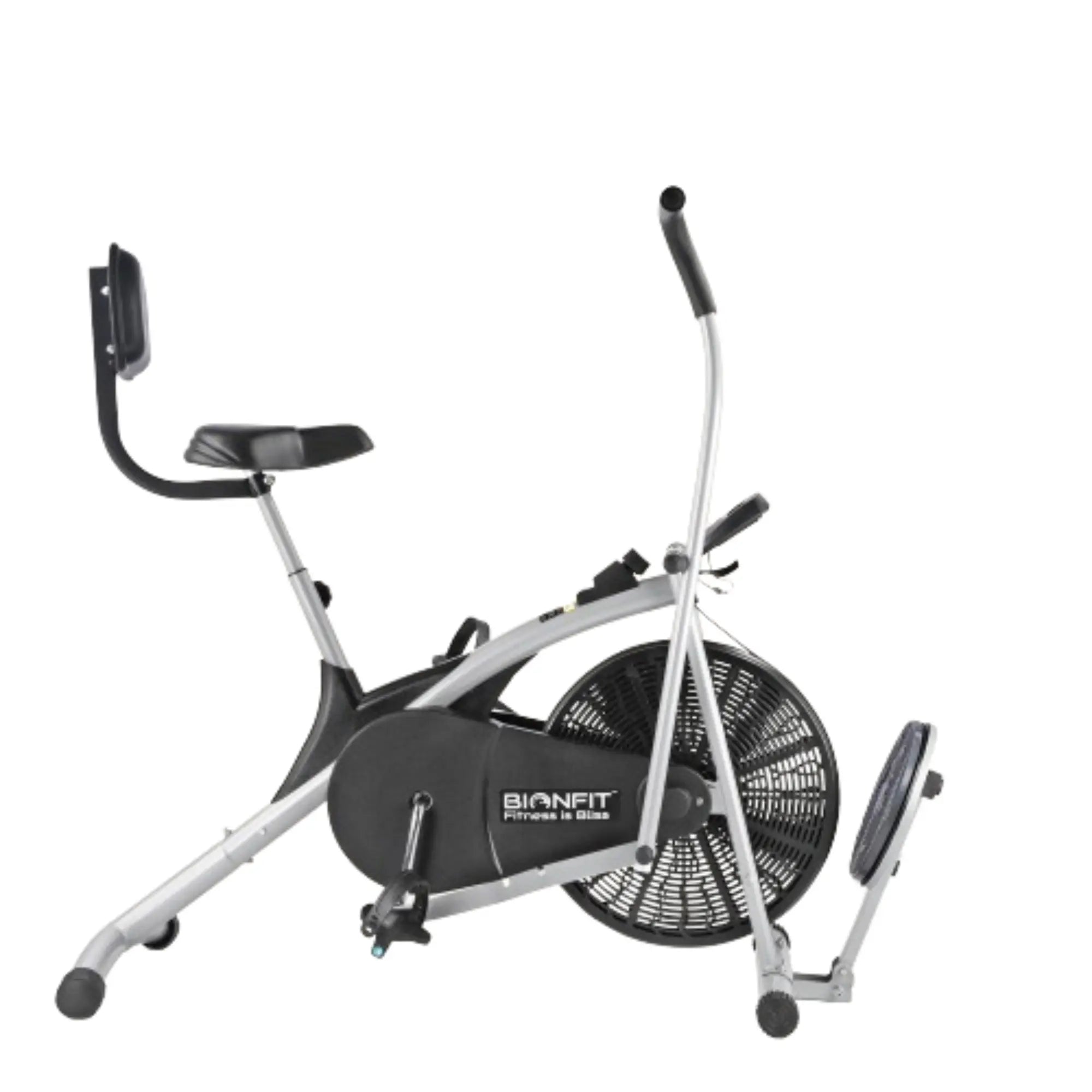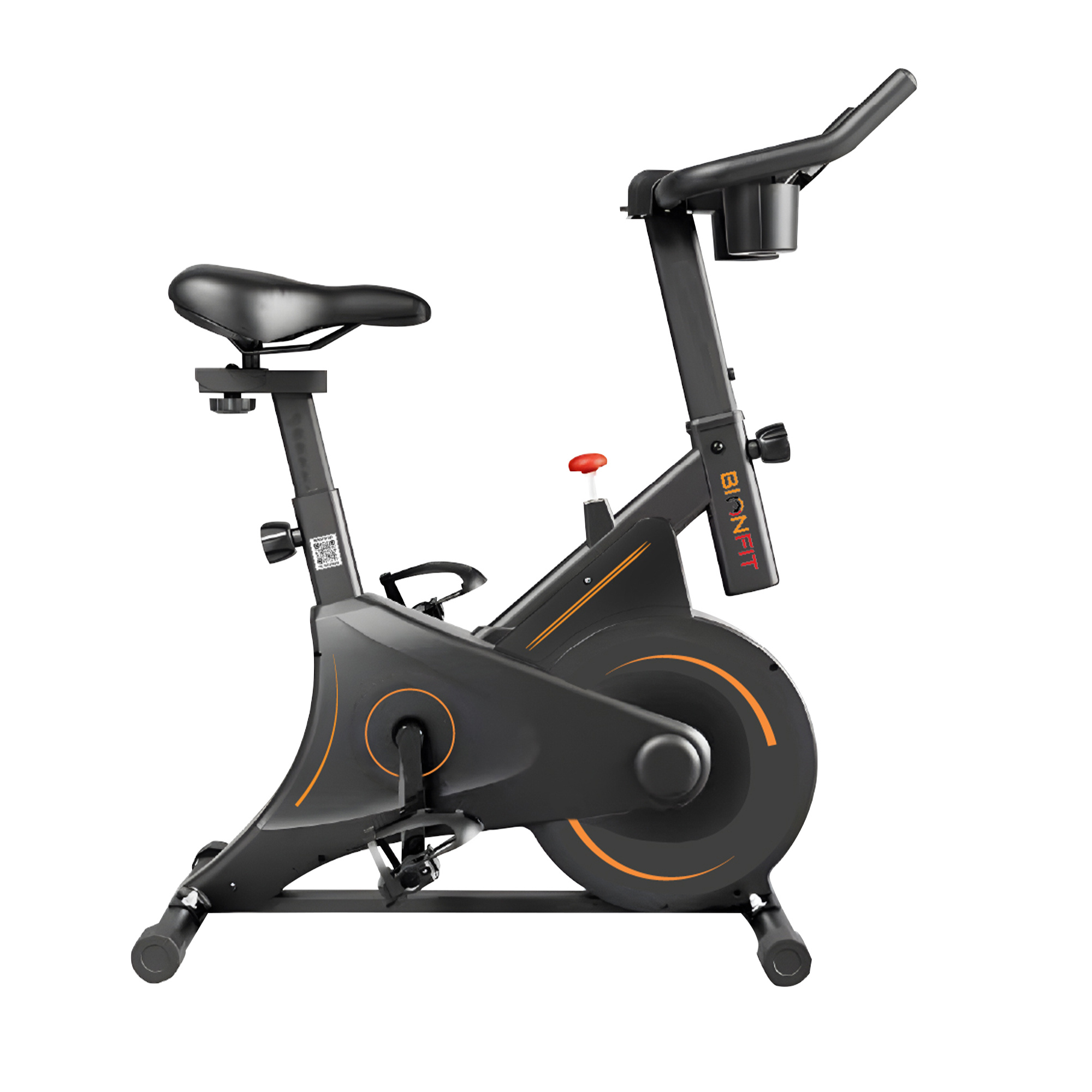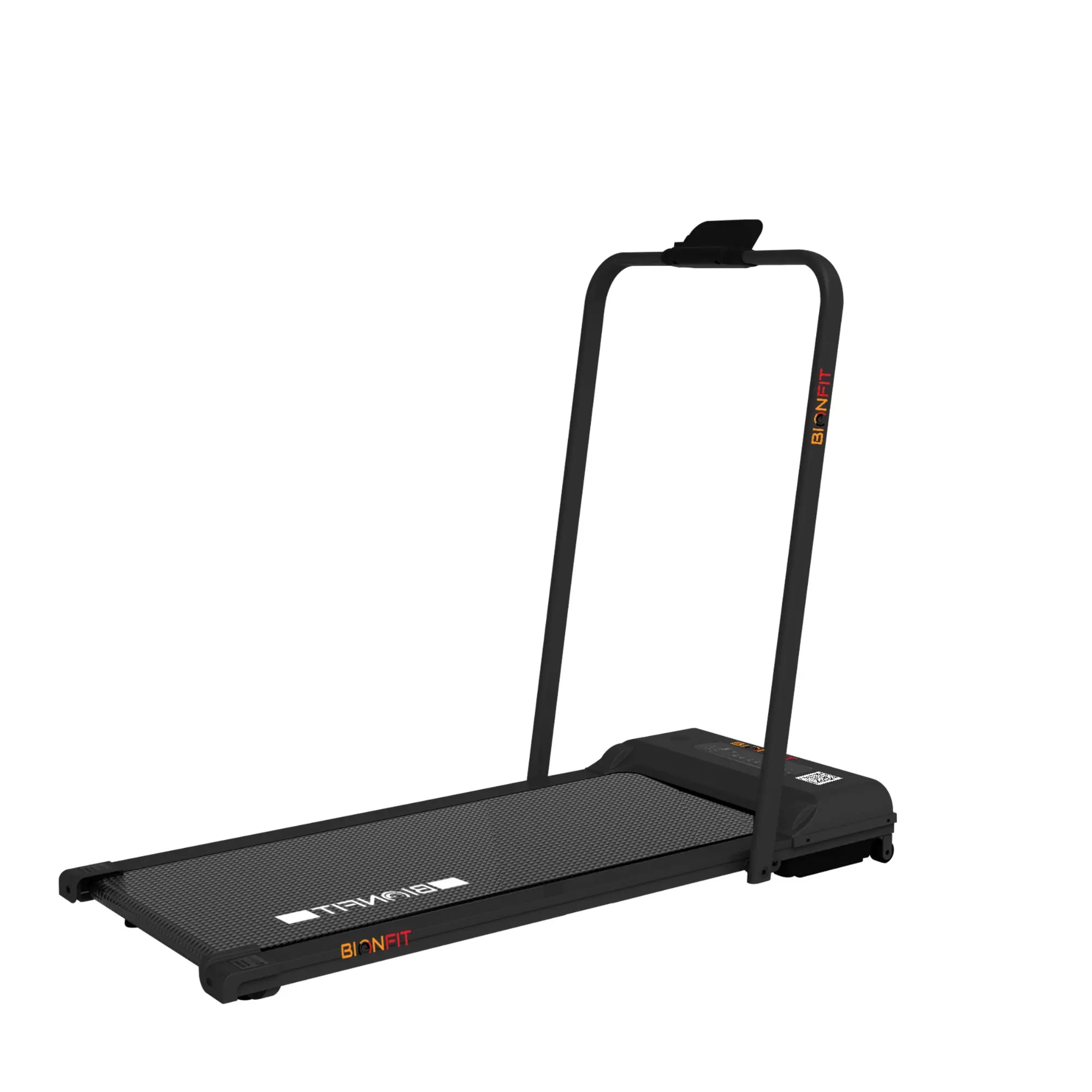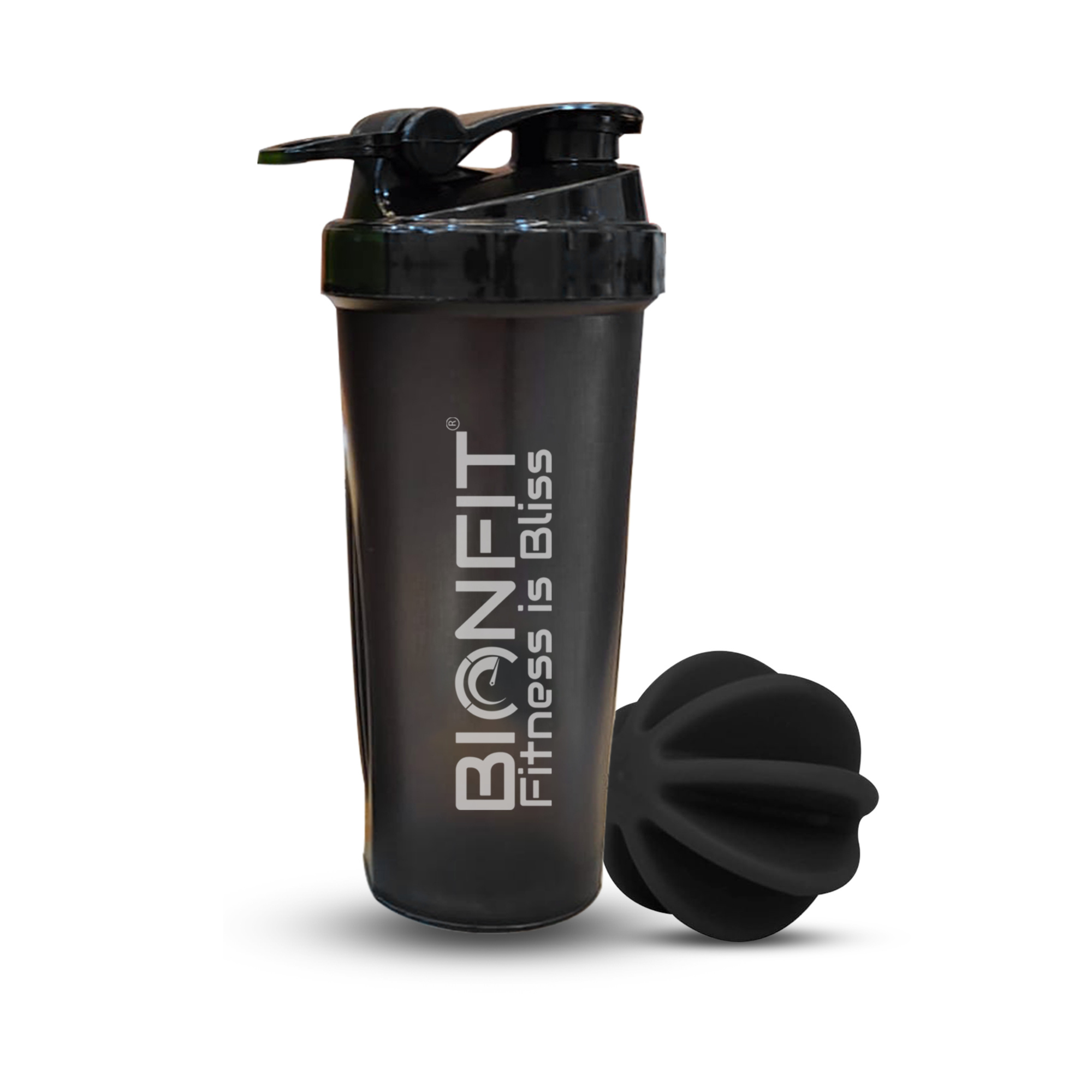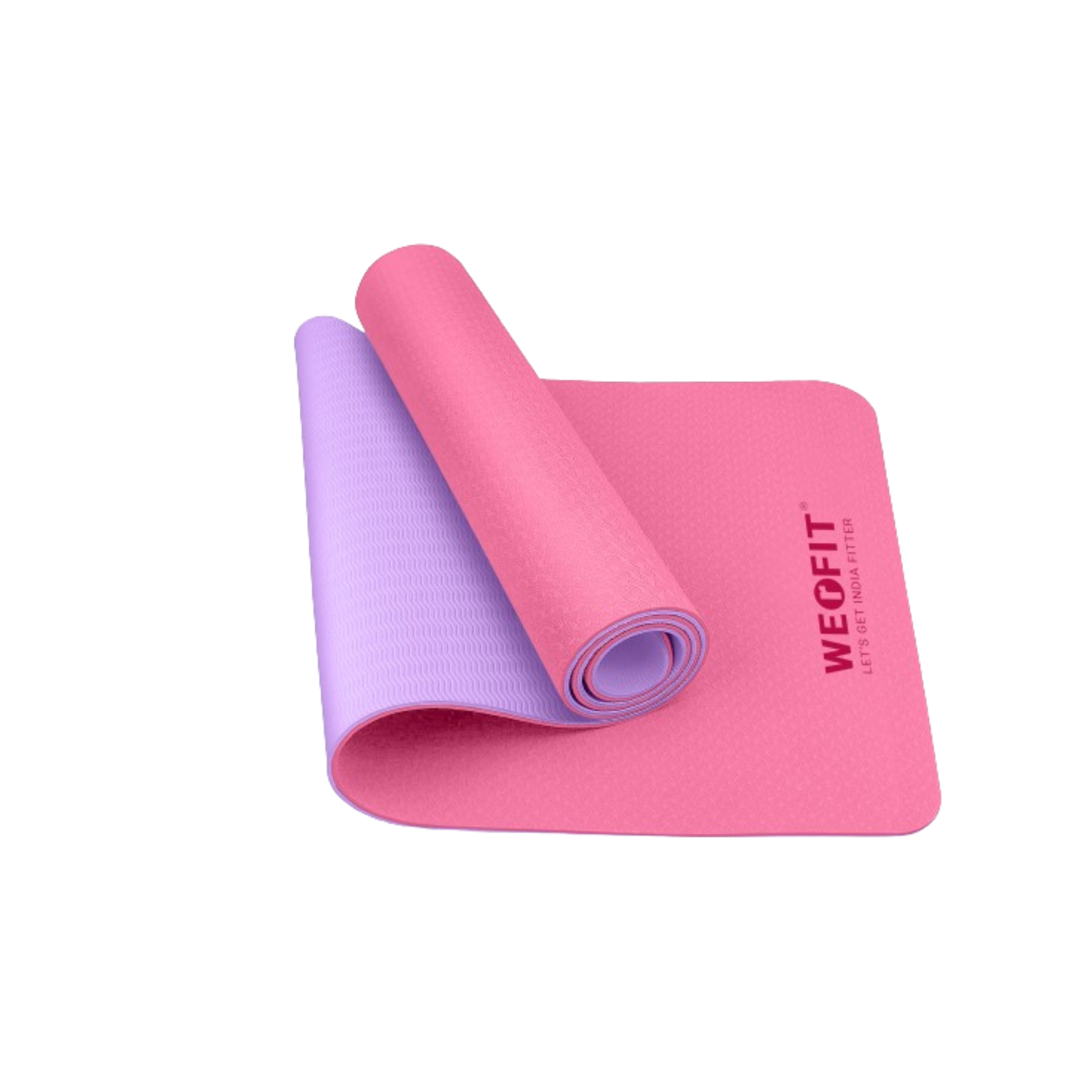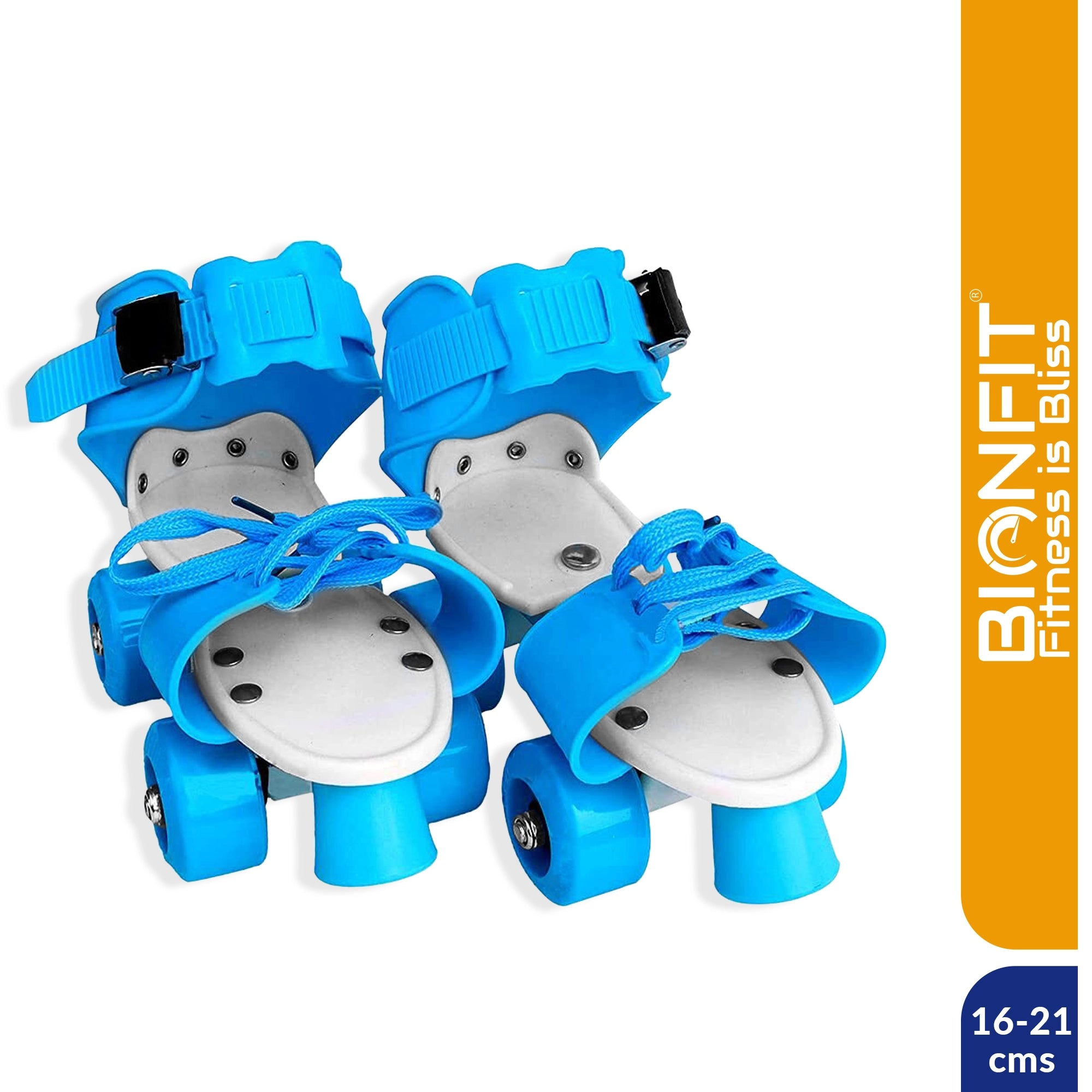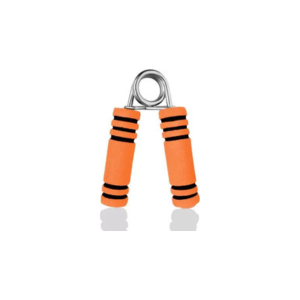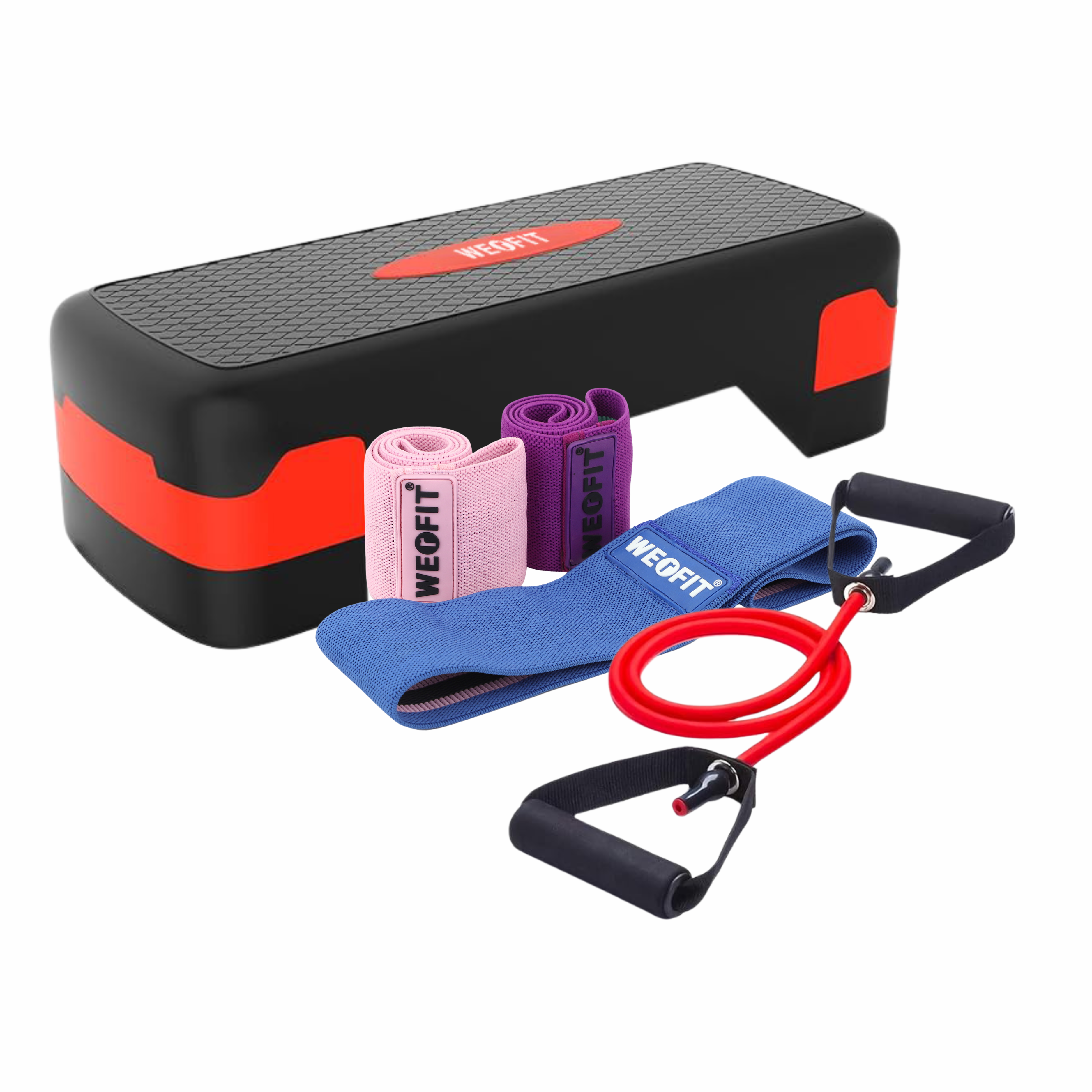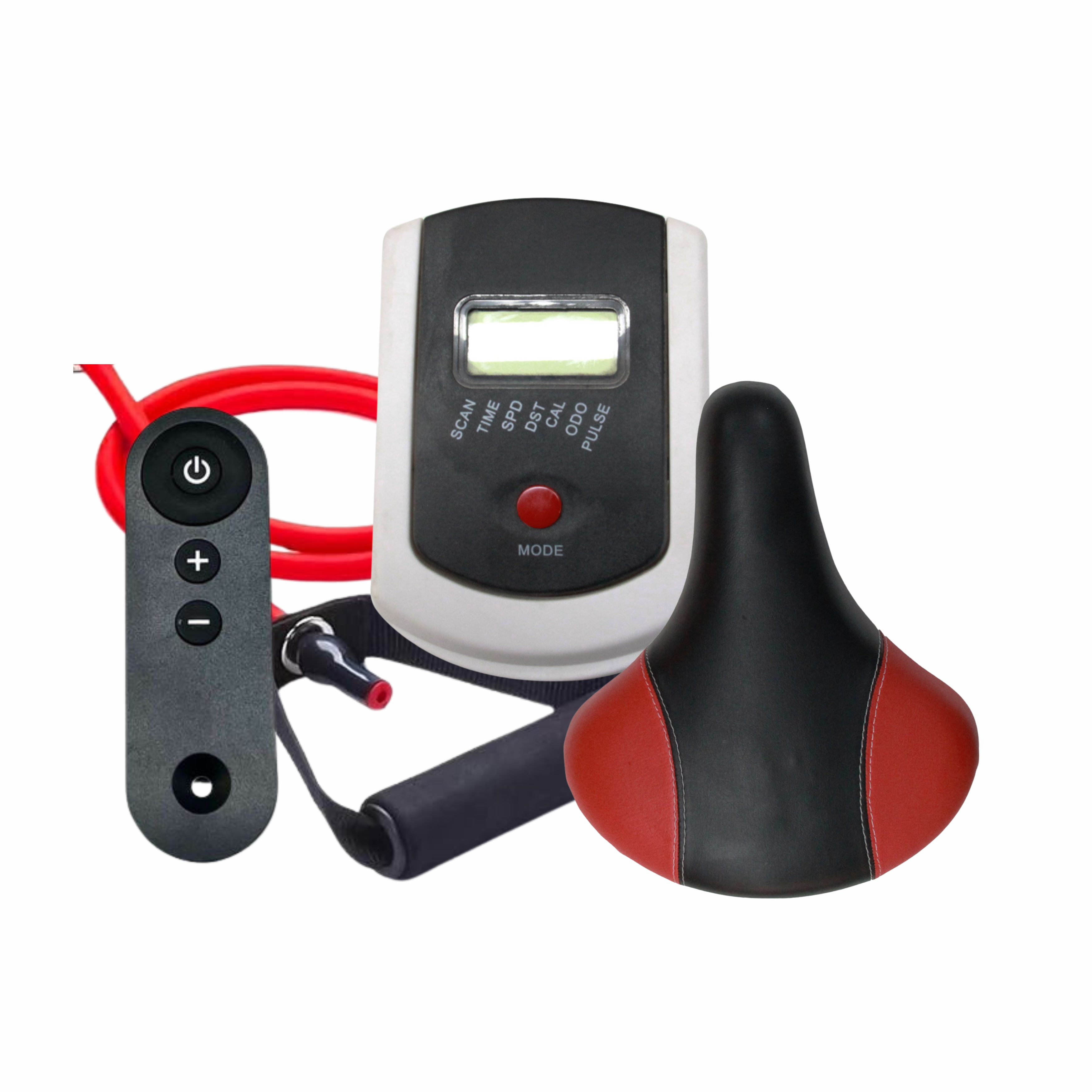
How to Build Mental Toughness with Air Bike Training
Building mental toughness is key to overcoming challenges, both in fitness and in everyday life. One of the most effective tools for enhancing both physical endurance and mental resilience is the air bike. Often seen in gyms and home workout setups, the air bike offers an intense, low-impact workout that pushes your limits. Here’s how you can use air bike training to strengthen your mental toughness.
What is Mental Toughness?
Before diving into the training aspect, let’s briefly define mental toughness. It’s the ability to stay focused, disciplined, and resilient in the face of difficulties. In fitness, it’s what keeps you going when your body wants to quit. Mental toughness can be trained and improved, just like any other skill.
Why the Air Bike?
The air bike is an excellent tool for building mental toughness because it requires full-body engagement, and its intensity increases with effort. The more you push, the harder it gets. This dynamic resistance challenges both your muscles and your mind.
Additionally, the air bike is:
- Low impact: Protects joints while delivering a high-intensity workout.
- Accessible: Suitable for beginners and advanced athletes.
- Variable resistance: You control the difficulty by increasing your speed.
For more details on air bikes, check out this Air Bike Collection.
Benefits of Air Bike Training for Mental Toughness
1. Builds Endurance
Air bike workouts, especially high-intensity interval training (HIIT), push you to the limit in a short amount of time. You’ll face moments where your body is screaming for rest, and it’s your mental toughness that helps you keep going. This ability to endure discomfort translates to other areas of life as well.
2. Develops Focus and Discipline
On an air bike, every second counts. Unlike more leisurely cardio equipment, the air bike requires focus and consistent effort. Staying disciplined during a challenging workout strengthens your mental focus, teaching you to block out distractions and stay committed.
3. Overcoming the Pain Barrier
Air bike workouts can be brutal. The inevitable discomfort forces you to break through mental barriers. Learning to accept discomfort as part of the process helps develop resilience, which is essential for mental toughness.
4. Encourages Mind-Body Connection
Air bike training involves a synchronized movement of your upper and lower body. This coordination helps you build a stronger connection between your mind and body, increasing awareness of your physical and mental limits.
Air Bike Workouts to Build Mental Toughness
1. 20-Minute HIIT Session
- Warm-up: 5 minutes at a light pace.
- Workout: Sprint for 30 seconds, followed by 90 seconds of slow cycling.
- Repeat: For 10 cycles (20 minutes total).
- Cool-down: 5 minutes at a slow pace.
This workout is ideal for testing both physical endurance and mental toughness. The intervals will push you into uncomfortable zones, training your mind to handle short bursts of extreme effort.
2. 30-Second Sprint Challenge
- Set a timer for 30 seconds.
- Sprint at maximum effort for the full duration.
- Rest for 2 minutes.
- Repeat for 10 rounds.
This quick but intense workout pushes your mental limits by challenging your ability to maintain focus and effort for short, powerful bursts.
3. 40-Minute Steady-State Challenge
- Objective: Maintain a steady pace for 40 minutes without stopping.
- This workout challenges your discipline and endurance, as maintaining focus and effort for a longer duration is a major test of mental toughness.
Frequently Asked Questions (FAQs)
1. How often should I use the air bike to build mental toughness?
- To build mental and physical endurance, aim for 3-4 air bike sessions per week. Start with shorter, high-intensity workouts and gradually increase the duration as your mental toughness improves.
2. What is the best air bike workout for beginners?
- A simple workout is a 15-minute session, alternating between 30 seconds of light pedaling and 30 seconds of moderate sprints. This helps build endurance while gradually improving mental resilience.
3. How does the air bike compare to other cardio equipment for mental toughness?
- The air bike offers a unique challenge due to its dynamic resistance. Unlike treadmills or stationary bikes, the air bike’s difficulty increases with effort, making it an effective tool for pushing mental and physical limits.
4. Can the air bike help with weight loss and mental toughness at the same time?
- Yes! The high-intensity nature of air bike workouts promotes fat loss and helps build mental toughness through sustained effort and endurance training.
5. How can I stay motivated during tough air bike workouts?
- Set small, achievable goals, such as completing one more interval or maintaining a certain pace for a minute. Break the workout into manageable chunks to stay focused and motivated.
Conclusion
The air bike isn’t just a piece of equipment—it’s a tool to build your physical strength and mental toughness. By incorporating air bike training into your routine, you’ll develop the resilience, focus, and discipline needed to push through barriers in fitness and in life. Ready to start? Check out the best air bikes here to get started on your mental toughness journey.
Follow us for more updates.

